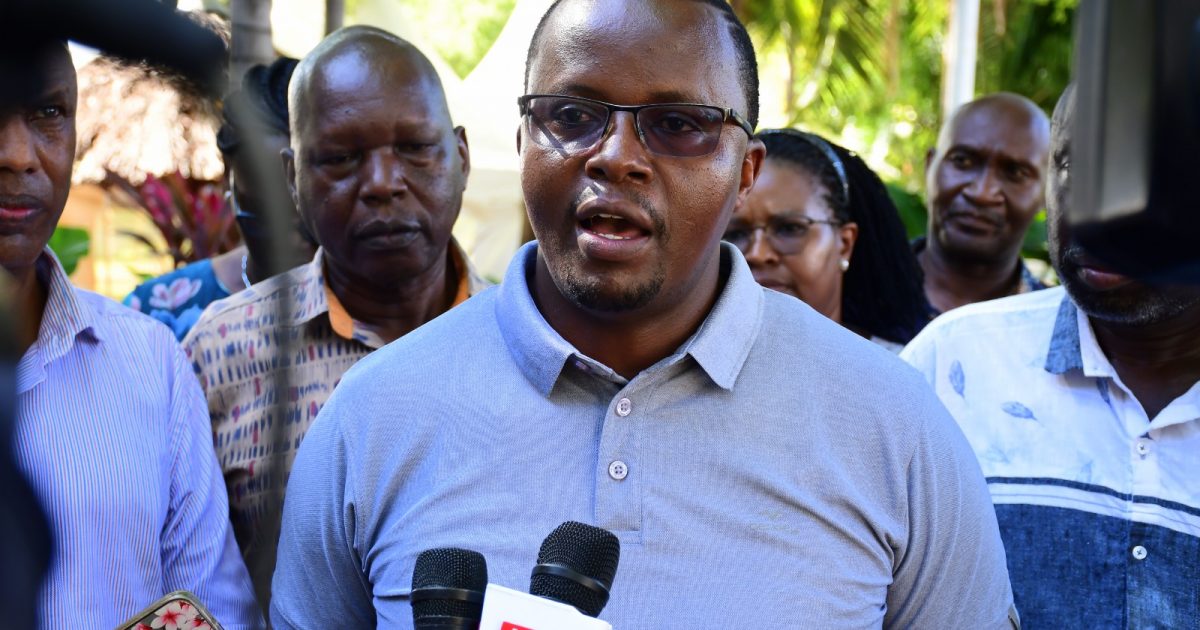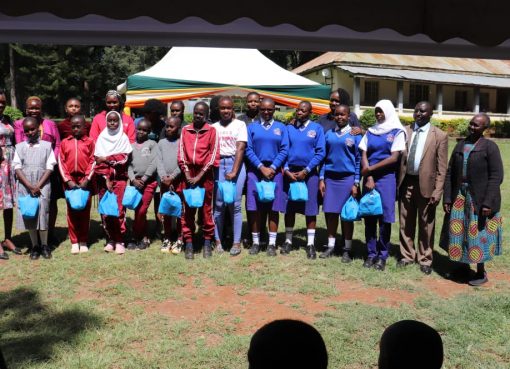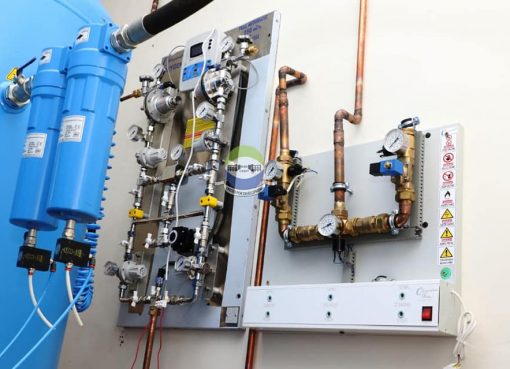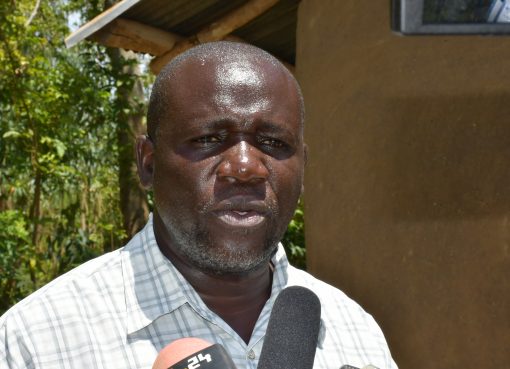The State Department for Livestock Development has asked Kenyans to allow the vaccination of 22 million cattle against foot and mouth disease (FMD) and 50 million sheep and goats against peste des petits ruminants (PPR).
Speaking during a press conference in Mombasa, Secretary Administration at the State Department Joshua Chepchieng said that the control and management of livestock diseases is by way of treatment and vaccination which is the accepted global scientific protocol.
Dr Chepchieng noted that, the rolling out of livestock vaccinations in the country is aimed at controlling and eradicating livestock diseases, that have caused and continue to cause great economic losses, not only to livestock dependent communities but the national economy.
He said that the Director of Veterinary Services has been mandated in liaison with the county counterparts to lead a national vaccination programme set to be rolled out targeting the 22 million cattle and 50 million goats and sheep.
Managing Director at the Kenya Veterinary Vaccine Production Institute (KEVEVAPI) Dr Sabuni Alex said that outbreaks of FMD, which are common in the country, occasion great loses to the nation’s dairy farming sector and hinder pastoralist communities from benefits of livestock and livestock products trade due to the closure of livestock markets and export bans.
He added that PPR on the other hand causes mass deaths of goats and sheep bringing huge losses to the livestock keepers.
According to Alex the vaccines to be used in the programme will be supplied by KEVEVAPI, a Good Manufacturing Practice (GMP) complaint national institution created by the government in 1990 to manufacture and market affordable quality animal vaccines for the management and control of animal diseases and also to reduce the need for vaccine imports.
“It is worth noting that FMD vaccine production in the country dates back to 1964 by the then Vaccine Production Laboratory at Embakasi, Industrial Area (a joint venture between Kenya government and Wellcome Trust Foundation), a precursor to KEVEVAPI,” he said.
Dr Christopher Wanga, the Director for Livestock Policy Research and Regulation, said that animal diseases are managed by two different modalities which include controlling the animal not to get the disease, treated or vaccinated.
He noted that you cannot trade with anybody in the world if you trade livestock diseases such as food and mouth diseases.
“Livestock vaccination is a historical act as it was done before independence and it will be done in the future, hence we are asking Kenyans rearing livestock to allow their animals to get vaccinated. I want to urge all Kenyans not to wallow in ignorance but get the right information and not politicise science,” he said.
Dr Abram Sangura, a representative of the Directorate of Veterinary Services said that vaccination is a key tool in the prevention of animal diseases that have the ability to cross borders.
He noted that on top of the economic losses it causes, FMD devastates the dairy sector in terms of reducing milk production, to control the disease in position of movement control warranties, disrupts markets because of limited movement of animals, among others.
Sangura said the directorate of veterinary services right from inception was formed and is under work plan to control these diseases adding that the national government is intervening to help in providing resources to be able to undertake meaningful vaccination.
“For the diseases not to spread we need to vaccinate at least 80 percent of livestock. The county governments have not been able to mobilise enough resources to achieve the kind of cover for the vaccines,” he said.
He noted that the director of vaccine services has been responsible to ensure that whatever is provided by KEVEVAPI is of the desired quality and effect.
He added that he okays the importation, use and production of any vaccine.
Director Livestock Production Bishar Elmi said that the department is spearheading the delivery of bulk milk coolers as announced by the President to dairy farmers in various counties.
Elmi said that the milk cooler program aims to enhance milk aggregation, value addition and market access of the dairy value chain thus making it competitive.
“This intervention of provision of milk coolers will significantly reduce milk post-harvest losses and thus increase the volume of milk collected and processed,” he said.
He noted that in the first phase of the programme, 350 coolers were supplied to dairy cooperatives societies in 38 counties.
Elmi added that in phase two of the programme counties and other dairy industry stakeholders have identified 544 milk cooler sites to date.
He said that the procurement process of 230 bulk milk coolers of various capacities is being finalised with the delivery and installation of milk commencing in January, 2025.
By Chari Suche





